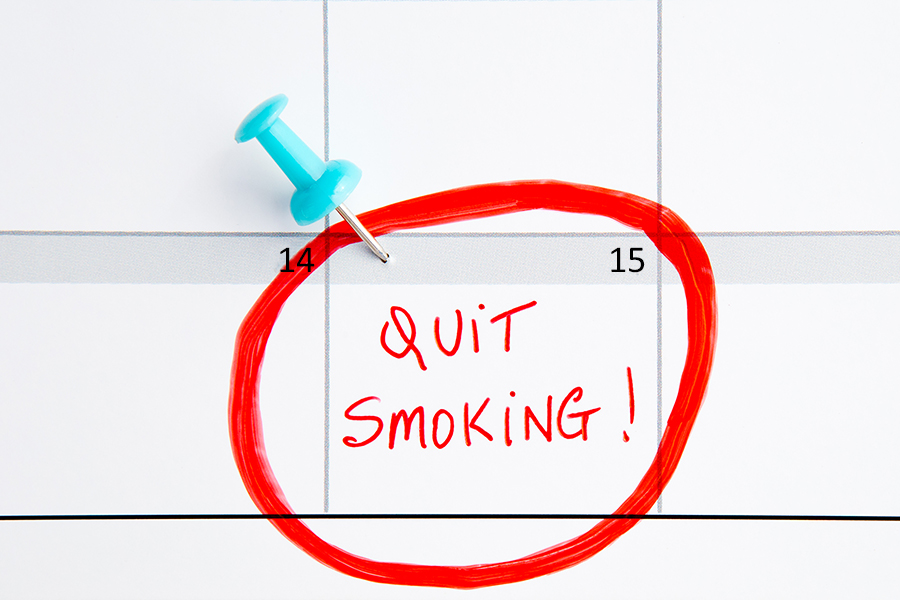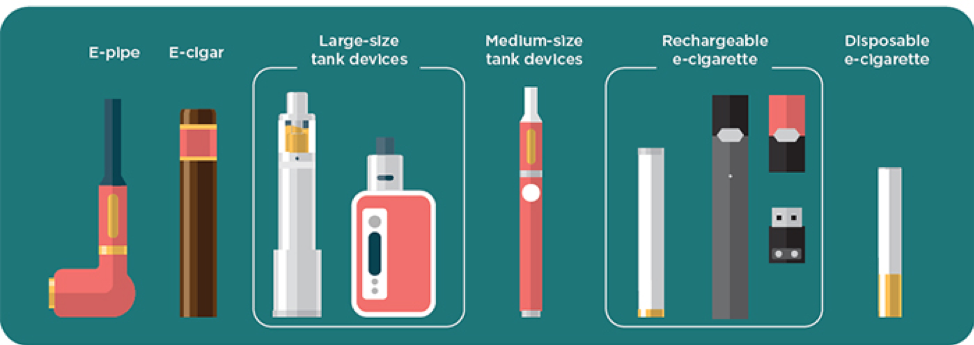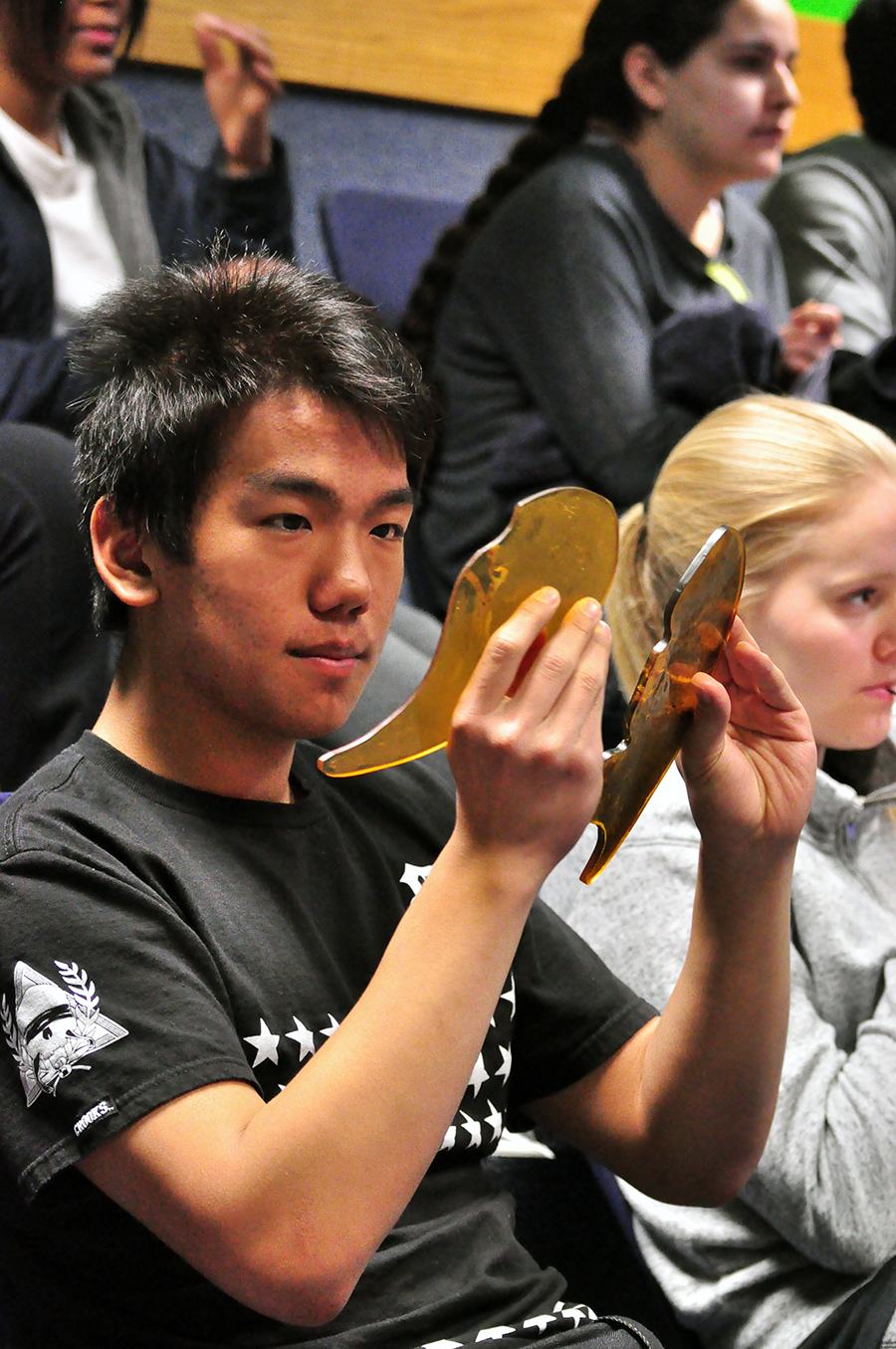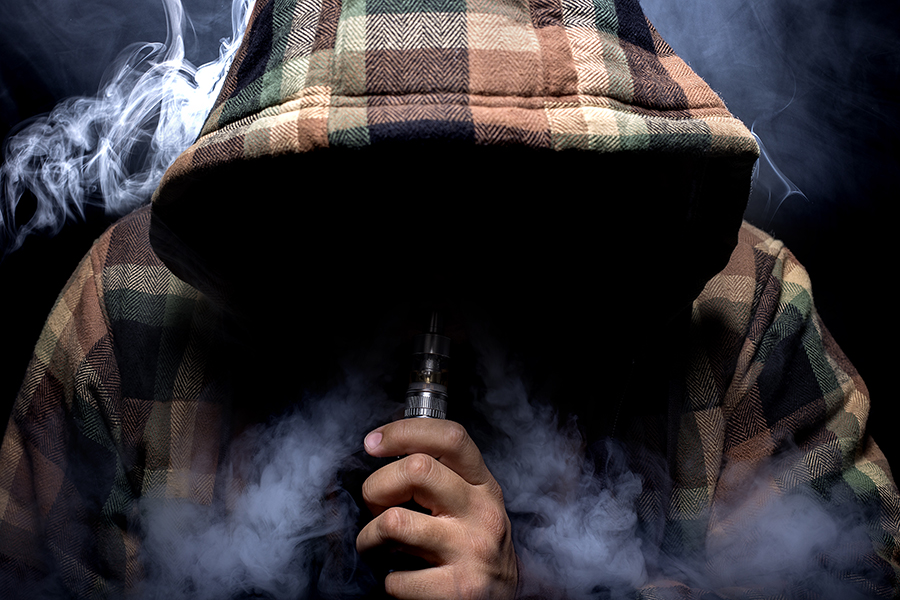
The Great American Smokeout
Virginia Johnson – CSAPC
It is that time of year again, the time when we pause to think about all the things we are thankful for in our lives, the time when we think about how much our loved ones mean to us, the time when we think about what we can do to help our friends, families, and colleagues live longer healthier lives. It’s time for the Great American Smokeout.
The American Cancer Society has hosted the Great American Smokeout every third Thursday of November for more than 40 years. To learn more about the benefits of quitting smoking and to learn more about how you can get involved in the Great American Smokeout, click here.
Smoking is a difficult addiction to overcome. However, people do successfully quit and begin to feel the benefits immediately. If you or a loved one needs help to quit smoking, visit www.QuitLineNC.com or call 1-800-Quit-Now. QuitlineNC provides resources, tools, and tips for those on the path to quitting smoking including free cessation services and coaching. If you are thinking about quitting, take the “Do You Need Help Quitting?” quiz to determine your level of nicotine addiction and receive tips on a cessation plan to meet your needs.
Smoking rates in the United States have been on the decline, but smoking is still the leading cause of cancer and continues to be a contributing factor in 1 out of every 5 deaths. It is never too early or too late to quit smoking. The benefits of quitting smoking start immediately with a decrease in blood pressure, not to mention better-smelling breath, hair, and clothes. A few weeks later, circulation improves, sense of smell returns to normal, and food begins to taste better. A few months later coughing and shortness of breath decrease. After 5 years, risks of certain cancers are cut in half.
Although traditional cigarette smoking is on the decline, electronic cigarette use is on the rise. Electronic cigarettes, often referred to as, e-cigarettes, e-cigs, or vapes, are electronic devices that heat a liquid containing nicotine and special flavors to produce an aerosol that is breathed into the lungs. The aerosol can also be inhaled by bystanders. They come in lots of shapes and sizes. Some examples are included below.

Testing on long-term health effects are still being conducted, however we already know that e-cigarettes are not safe, contain cancer causing chemicals, and are harmful on the adolescent developing brain. Most e-cigarettes contain nicotine, the same addictive drug found in traditional cigarettes. E-cigarette devices can also be used to deliver other drugs such as marijuana.
For more information on electronic cigarettes and teens, download the Talk with Your Teens About E-cigarettes: A Tip Sheet for Parents provided by the Centers for Disease Control and Prevention Office on Smoking and Health.
Questions about the impacts of nicotine on adolescents? Questions about effects of e-cigarettes? Host or sign up for the Poe Center for Health Education’s #YouthCulture: Vaping 101 program.
Resources and References:
The Great American Smokeout. American Cancer Society. Retrieved on 11.1.2018.
Talk with your Teen About E.Cigarettes: A Tip Sheet for Parents. Office of the Surgeon General. Retrieved on 11.8.2018.
Quick Facts on the Risks of E-Cigarettes for Kids, Teens, and Young Adults. Centers for Disease Control and Prevention. Retrieved on 11.5.2018.
For the Classroom: Smoking Lungs Simulation
Take this topic back to your students with this educational activity.
Objective: To demonstrate the decreased lung capacity of smoking.

Supplies:
Coffee Stirrer Straws
Activity:
1. Ask the class to do 10 jumping jacks or other short aerobic activity, such as running in place.
2. Ask how they feel afterwards. Common answers include energized, awake, or just laughter.
3. Pass out coffee stirrers.
4. Ask the class to do 10 jumping jacks. As soon as they are finished, have them breathe through only the straw for 5 seconds. (Caution: this is not an activity for anyone with asthma or respiratory challenges).
Key Points and Process Questions:
Ask how they feel now.
This simulates the feeling of someone’s lung who is a heavy smoker. Who do you think can run faster – someone who smokes or someone who does not smoke? Why?
What other physical activities do you think may be limited by heavy smoking use?
Additional Great American Smokeout information and teacher activities can be found at SmokingStinks.org
Featured Poe Program
Featured Program: #YouthCulture: Vaping 101
Audience: Parents and Adults who Work with Youth
Program Length: 90 Minutes

#YouthCulture: Vaping 101 addresses the growing concern about e-cigarettes and youth. Participants will explore adolescent brain development and effects of e-cigarettes as we cover the latest research. We will also take a look at the risk factors for use and the protective factors that help prevent use. A discussion on resources and strategies to increase protective factors for our youth will leave attendees with tools for next steps.
Interested in bringing this topic to your school or organizations? The Poe Center’s Substance Use Prevention curriculum offers programs for 3rd-12th grades and adults. Book a program online or call 919-231-4006.
